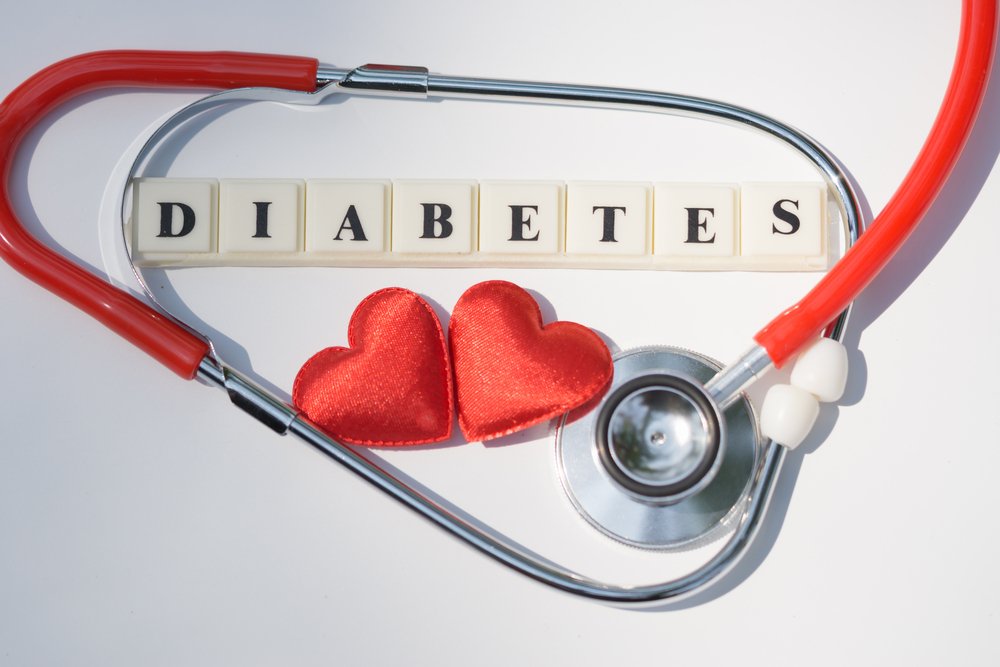According to U.S. national data, fish oil is the most-used non-vitamin, non-mineral supplement. Popularity, though, breeds confusion. Here’s a clear, science-grounded look at 11 common myths—what’s true, what’s not, and how to get real benefits.
Myth #1: “All omega-3 sources are the same”
Reality: Only marine foods naturally provide EPA + DHA, the omega-3s most studied for heart, brain, eye, and pregnancy health.
Plant foods (flax, chia, walnuts) provide ALA only. Humans convert ALA → EPA/DHA poorly, so relying on ALA alone usually won’t deliver the benefits seen in EPA/DHA studies.
Myth #2: “Just eat fish—you’ll get enough”
Reality: Great in theory; not in practice. About 95% of Americans fall short on omega-3 intake. Popular seafood (e.g., shrimp, tilapia) contains little EPA/DHA, and content varies by species, season, wild vs. farmed, feed, and cooking. Supplements can reliably fill the gap. If you’re unsure where you stand, consider an Omega-3 Index blood test.
Myth #3: “A tiny dose is better than nothing”
Reality: Benefits are often dose-dependent. Many outcomes (e.g., anxiety support, cellular anti-inflammatory effects) typically appear at ≥2,000 mg/day EPA+DHA, and certain conditions use even higher trial doses. Because modern diets are heavy in omega-6s, you need a meaningful, consistent EPA+DHA dose to compete metabolically.
Myth #4: “Fish oil is supposed to smell/taste fishy”
Reality: Fresh fish oil doesn’t smell or taste fishy. Fishiness = oxidation (rancidity). Oxidized oils taste bad and may produce harmful by-products. Open a capsule—smell and taste the oil. Fresh oil should be neutral or like fresh seafood, not “fishy.”
Myth #5: “Freeze capsules to stop fishy burps”
Reality: Freezing may slow digestion (masking taste) but doesn’t fix rancidity. First, check freshness (open and smell/taste). If fresh, you can refrigerate or freeze to slow future oxidation.
Myth #6: “Expiration dates guarantee freshness”
Reality: Like milk left out, fish oil can oxidize well before a printed date—especially after oxygen exposure. Softgels aren’t an airtight oxygen barrier. Trust sensory checks (and, when available, lab oxidation numbers) over dates alone. Store tightly sealed and cold.
Myth #7: “If it meets industry limits, it’s fine”
Reality: Industry oxidation limits (e.g., peroxide value ≤5 mEq/kg) are not the same as “tastes fresh.” Truly fresh oils are often ~2 mEq/kg or lower. Quality depends on careful handling from catch to capsule. Lower PV generally = fresher oil.
Myth #8: “Concentrates are always better”
Reality: Concentrates pack more EPA/DHA per serving but may alter the oil’s natural fatty acid spectrum and, in some forms (e.g., ethyl esters), can have different bioavailability and usage considerations. High-quality natural-form liquids can deliver robust doses in teaspoons—no extreme concentration needed.
Myth #9: “Cloudy oil from the freezer = low quality”
Reality: Natural, full-spectrum oils turn cloudy when cold (just like extra-virgin olive oil). That cloudiness reflects a mix of beneficial fats—not poor quality.
Myth #10: “EPA-only or DHA-only is healthier”
Reality: EPA and DHA have distinct and complementary roles. While single-molecule trials help science, these fatty acids co-occur in nature and often work synergistically. For general health, a balanced EPA+DHA product mirrors real-world intake.
Myth #11: “Fish oil claims are too good to be true”
Reality: Omega-3s are embedded in cell membranes throughout the body, influencing fluidity, signaling, gene expression, inflammatory balance, and even interactions with the microbiome and endocannabinoid system. Because they touch so many pathways, it’s reasonable that benefits span multiple systems—when dose, form, and freshness are right.
How to Choose (and Use) an Omega-3 That Works
1) Aim for an effective dose.
-
General wellness/maintenance: often 1,000–2,000 mg/day EPA+DHA
-
Condition-specific targets in studies: ≥2,000 mg/day EPA+DHA (check with your clinician)
2) Verify freshness.
-
Open–smell–taste: fresh ≠ fishy
-
Look for brands that publish oxidation metrics (e.g., low peroxide value)
3) Pick a trustworthy form and source.
-
Natural-form triglyceride/phospholipid oils or high-quality concentrates from reputable producers
-
Consider sustainability and third-party testing
4) Be consistent.
-
Take daily with food (fat helps absorption), and re-test your Omega-3 Index after ~3–4 months to confirm you’ve reached your goal.
Bottom Line
Freshness, dose, and form matter far more than hype. Choose a clean, well-handled omega-3, take enough EPA+DHA consistently, and validate your levels. That’s how you turn fish oil from “maybe” into “measurable.”




